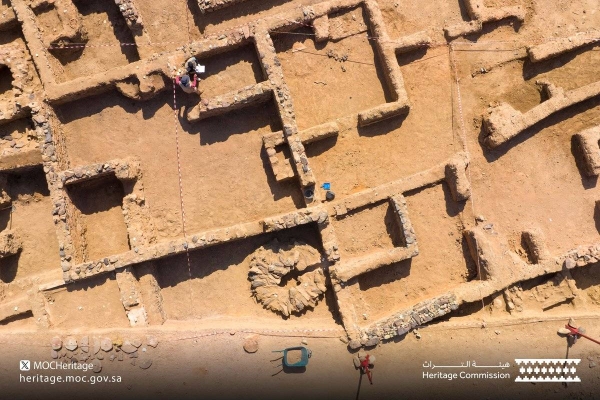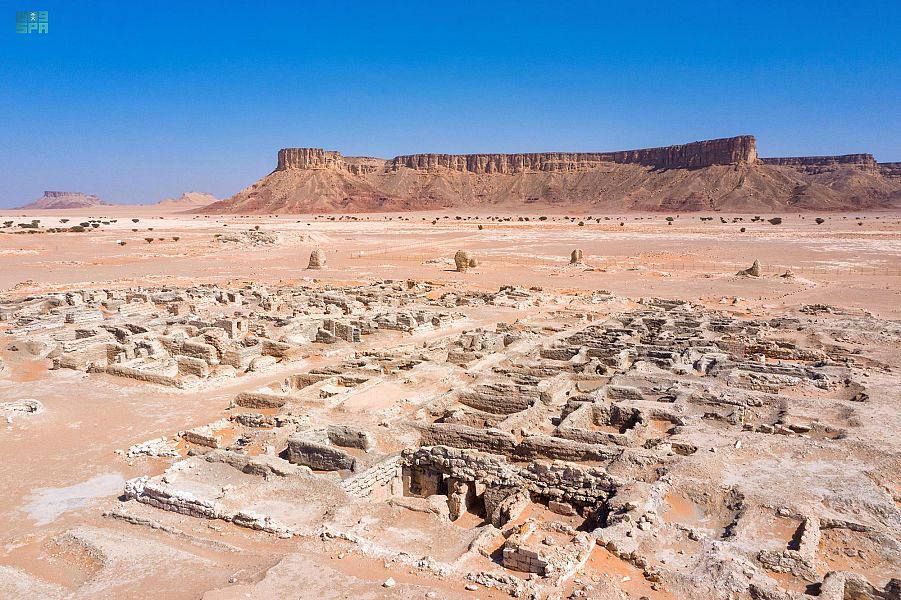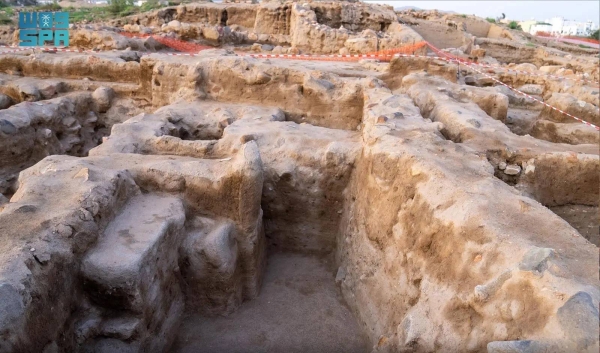
The Egyptian Supreme Council of Antiquities announced that the discoveries — made by the joint mission between the council and the Zahi Hawass Center of Egyptology — include wooden wells and coffins from the New Kingdom, dating back to 3000 B.C.
Mostafa Waziri, secretary-general of the council, said that the discoveries are located at the Saqqara necropolis, near the pyramid where King Teti, the first king of the Sixth Dynasty of the Old Kingdom, who ruled Egypt between 2323 and 2291 B.C., is buried.
Zahi Hawass, Egyptian archaeologist and head of the mission, said that these discoveries will rewrite the history of the region, especially during the 18th and 19th Dynasties of the New Kingdom, during which time King Teti was worshiped.
Hawass said that the mission found the funerary temple of Queen Nearit, wife of King Teti, part of which was uncovered in the years prior to the mission, as well as three mud-brick warehouses on the southeastern side, used to store offerings and tools that were involved in a revival of the queen’s creed.
The mission also discovered 52 wells, ranging in depths between 10 to 12 meters and containing more than 50 wooden coffins from the New Kingdom era. This is the first time that coffins dating back to 3000 B.C. have been found in the Saqqara area.
The surfaces of the coffins depict various scenes involving the gods who were worshipped during this period, in addition to texts from the Book of the Dead that help the deceased pass on to the other world.
Inside the wells, the mission found numerous artifacts, such as statues of the deity Ptah, as well as a four-meter-long papyrus, representing chapter 17 from the Book of the Dead, with the name of its owner recorded on it. The same name was found on four statues.
Other finds included a set of wooden masks; games for the deceased to play in the other world, one of which is similar to chess; and statues and a shrine of Anubis, the god of death.
The mission also discovered a bronze ax, indicating that its owner was one of the leaders of the army in the New Kingdom era, and paintings inscribed with scenes of the deceased and his wife and hieroglyphic writings.
A large amount of pottery dating back to the New Kingdom was found, including pottery establishing trade relations between Egypt and Crete, as well as Syria and Palestine.
Hawass explained that this discovery confirms that the Saqqara antiquities area was not used for burial during the Late Period only, but also in the New Kingdom.
The mission studied the mummy of a woman who was found to be suffering from a disease known as Mediterranean fever or swine fever, which comes from direct contact with an animal and leads to a liver abscess.
Hawass asserted that the archeological discovery is one of the most significant ones of this year and will make Saqqara an important tourist and cultural destination. It will rewrite the history of Saqqara in the era of the New Kingdom and will confirm the importance of the worship of King Teti during the 19th Dynasty.












